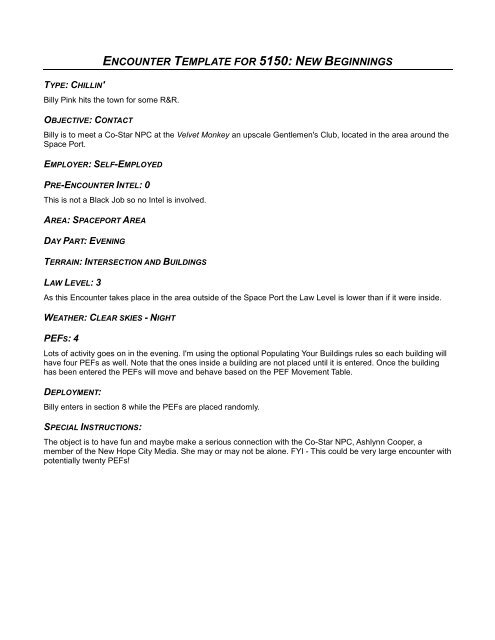

I cannot remember if it is this one that provides suggested forces for ancients, horse and musket, and modern games, or if that is his other book Wargames Scenarios. It is primarily aimed at Horse and Musket, IIRC, but the mechanisms for determining how the enemy deploys and how enemy troops react to your moves can be adapted easily to other periods. I would also recommend Charles Grant’s Programmed Wargames Scenarios. Their use of ‘blinds’ to represent unknown enemy forces is an interesting way of injecting some uncertainty into a game. Some of the TFL rules could be of interest here too. I don’t see why it could not be upscaled for games featuring battalions or brigades either. It’s WW2, but can easily be adapted for modern games. If you are playing skirmish games, the Platoon Forward campaign book from Too Fat Lardies is well worth investigating.


Even if you don’t use the actual rules, you might find the mechanisms of use in developing your own approach to limited intelligence on the battlefield in a solo game. They have various mechanisms for solo play that allow you to game without having total control over your own side, let alone the enemy, and that makes the games more satisfying. This reply was modified 5 years, 8 months ago by Chris Pringle.įeatherstone’s Solo Wargaming is definitely worth a look, as mentioned, as are the TwoHourWargames rules sets.
#TWO HOUR WARGAMES TERRAIN GENERATOR PLUS#
The historical scenarios are also good for solo play as they limit and focus your deployment choices, plus they are more about discovering the history and understanding why battles took the shape they did, than just about winning or losing.Ī bit different from NATO vs WP though! So good luck with finding something suitable for your preferred period. BBB is geared to historical scenarios, of which there are about 55 available now, some in the rulebook and companion scenario volume, but mostly freely available online via the BBB Yahoo group. The activation mechanism is a big part of the game, the passivity and incompetence of many armies and generals of the period is accurately reflected, and unit activation is never guaranteed. Naturally I commend to you my own “Bloody Big Battles!” rules for the period (of which a review copy recently went off to Lone Warrior). So there was lots of uncertainty and hesitation, which can realistically be represented in a wargame, and helps to make a solo game unpredictable, interesting and fun. Army size had outstripped generals’ ability to control them, plus tactical doctrine was having trouble keeping up with changes in weaponry. I’d recommend looking at the second half of the nineteenth century: American Civil War, Franco-Prussian War, other major European wars of that time. To echo the sound advice already offered by Whirlwind and our moderator, you want some uncertainty over whether troops will activate. Russell, have you looked at the Solo Wargamers Association and their Lone Warrior journal and blog? Loads of tips there. Strangely enough I have found TooFatLardies activation systems hardest to use solo, although I love them for face-to-face games, because they are too good at creating command problems for each side – dealing with both at once fries my circuits! I use DBA and its derivatives personally but I think that Warmaster and derivatives would work just as well.

The object is then to create “checkmate”-type situations for the opposing side (because it is hard to surprise yourself!). If you want to play both sides, I find it is useful to have an activation /command system which limits activity and thus frames the dilemma for each side as “what can I achieve with what I am allowed to do this turn”. I think that this method works best for C20 and C21 games. The venerable Solo Wargaming is as good as anything for suggesting good mechanics (and I see there is a copy going for peanuts at the moment) if you want to design something yourself. Two Hour Wargames specialize in this kind of thing ( FNG, although designed for Vietnam, would work well, I imagine) I use the threat generation system from Miniature Wargames 373. If the former, then you need a system to activate the enemy and add in the hidden movement. I think there are two basic approaches here, which can be summarized as do you want to play one side against the system, or do you want to actively play both sides?


 0 kommentar(er)
0 kommentar(er)
